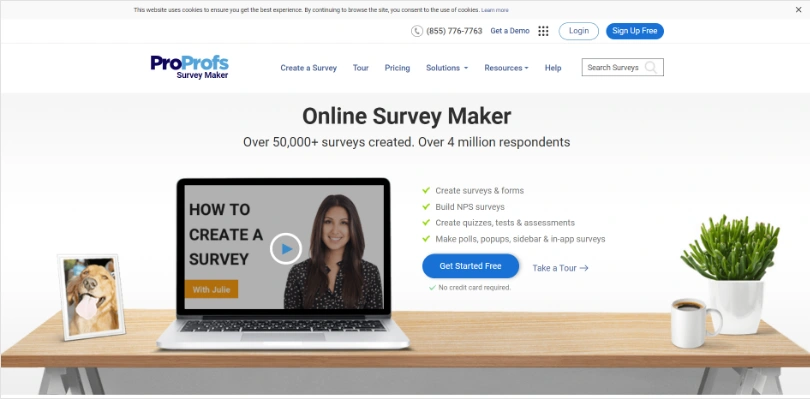Imagine turning every dollar invested into $100—that’s the power of user experience. Studies have shown that every $1 invested in user experience (UX) returns $100 (ROI = 9,900%). With soaring customer expectations, a seamless and engaging UX is no longer a luxury but a necessity.
As Steve Jobs aptly stated, “Design is not just what it looks & feels like; it is how it works.” But, figuring out how to measure and improve UX can be a real headache. I’ve seen it happen so often that businesses know it matters but are unsure which UX metrics or KPIs to track. That confusion can lead to a few big problems: missed opportunities, wasted resources, limited scalability, and unhappy users. The benefits of staff augmentation can help bridge these gaps.
Don’t fret, though. I’ve gathered all the information in one place to cut through the noise and make it simple. I’ll walk you through the steps to measure UX, figure out what’s working (and what’s not), and build experiences that people love—and that drive results.
User Experience: the “What” Behind It
Simply put, user experience is how people feel when engaging with a product, service, or digital platform. It’s not just about how it looks (though that’s a massive part). It’s the whole package, from the first time someone checks out a website or app to how they feel when they’re done.
And, most importantly, how well it solves their problem or helps them get the job done.
Think of it like this: UX is the vibe users get while using something online. A solid UX means:
- It’s easy: People can find what they need and get stuff done without frustration.
- It’s efficient: Tasks are quick and hassle-free.
- It works: Users can achieve what they set out to do.
- It’s enjoyable: The experience feels smooth and even fun.
UX is all about focusing on what users want and need. It’s about making things seamless and satisfying so users walk away happy and returning. And for businesses, great UX doesn’t just make users happy; it drives loyalty and success. Win-win!
Why Do We Need to Measure UX?
Today, when every click matters, measuring UX isn’t just a nice extra—it’s something you have to do. Here’s why it’s so important:
- Make Better Choices: Forget the guesswork. Tracking UX gives you actual data to make smarter decisions.
- Fix Frustrations: Spot where users are running into trouble and smooth things out for a better experience.
- Prove It’s Worth It: Show stakeholders the impact of UX improvements with complex numbers like conversion rates and user satisfaction.
- Keep Users Happy: Happy users stick around, come back, and tell others. Measuring UX helps you keep them smiling.
- Stay Ahead: A great UX can be your secret weapon. Regular tracking keeps you one step ahead of the competition.
- Save Time & Money: Catching issues early means fewer headaches (and costs) down the road.
- Make It Inclusive: Ensure your product works for everyone, including users with disabilities, by measuring accessibility.
When you focus on UX, you improve your product, make life easier for your users, and set yourself up for success.
How User Experience Metrics & KPIs Are Defined
User experience metrics and KPIs often get mixed up, but they’re not the same thing—they actually work together. Here’s the deal: UX metrics are the raw data points you track, while KPIs are the bigger goals or targets you set using those metrics.
UX Metrics are like the building blocks. So, what does the user metric measure? They focus on specific parts of the user experience and fall into a few categories:
- Behavioral Metrics: The actions users take, like clicks, time spent on a page, or conversions.
- Attitudinal Metrics: How users feel, measured by satisfaction ratings, NPS, or feedback surveys.
- Operational Metrics: Efficiency-focused, like task success rates or error counts.
UX KPIs are more about the bigger picture. They connect UX efforts to business goals. Examples include:
- Conversion Rate: How many users complete an action, like buying something.
- Customer Satisfaction (CSAT): A quick look at how happy users are.
- Net Promoter Score (NPS): How likely users are to recommend your product.
- Task Success Rate and Time on Task: How well and how quickly users complete tasks.
By tracking metrics and aligning them with KPIs, you can see what’s working, fix what’s not, and build experiences that users love—and that help your business grow.
Key Differences Between UX Metrics & KPIs
Understanding the difference between KPIs and UX metrics is critical. They’re often confused with each other, but they’re two separate things. Here’s a table to help you comprehend the differences better:
| Feature | KPI | UX Metric |
|---|---|---|
| Focus | Business Objectives | User Experience |
| Purpose | Measure overall success | Assess specific UX aspects |
| Examples | Conversion rate, Customer acquisition cost | Task success rate, Time on task, User error rate |
| Measurability | Quantifiable with numbers | Can be both quantitative and qualitative |
| Connection | Often derived from UX metrics | Provide data to inform KPIs |
| Timeframe | Tracked over time to monitor progress | Typically measured throughout the user journey |
How to Measure User Experience
Now, I know what you might be thinking: “Whoa, that’s a lot of metrics! Where do I even begin?” And you’d be right. You don’t want to drown in a sea of data. The key is to be strategic about what you track.
Here’s a simple breakdown of how to measure user experience effectively:
1. Set Your Sights on the Right Metrics
First things first, think about your goals. What are you hoping to achieve? Do you want to boost engagement within your app? Or maybe you’re aiming to improve users’ overall perception of your product? Your goals will guide you to the most relevant metrics. A handy tip is to use the SMART framework (Specific, Measurable, Achievable, Relevant, Time-bound) to set clear, focused goals that align with your business needs.
2. Pick Your Tools
Once you know which metrics matter most, it’s time to find the right UX tools to track them. Here are a few popular options:
1. Qualaroo (In-Context Surveys)
Qualaroo isn’t just another feedback tool—it’s one I’d reach for when I need real-time insights that actually matter. Instead of those generic surveys we all skip, it uses the smart “Nudge™” feature to ask users for feedback when interacting with your site or app. The best part? You’re catching their thoughts in the moment, with all the context intact—no imagination needed.
2. Google Analytics (Quantifiable User & Website Data)
Google Analytics is one of the best-known free tools for reporting users’ behavior, but depending on your needs, you can configure its setup in various ways. For example, if you’d like to view reports on sessions, average time on page, goal conversions, or eCommerce transactions, you could configure these metrics accordingly.
3. Mixpanel (User Journey)
Mixpanel is great for getting a clear view of the entire user journey. It’s like having a detailed roadmap that shows every step users take with your product—from their first visit to how they stay engaged over time. You can group users based on their behavior, demographics, or any other criteria that matter to you.
4. SurveyMonkey (Forms & Website Feedback)
SurveyMonkey allows you to create simple web-based polls, forms, and questionnaires that can be embedded within other applications or websites. This makes the survey creation process much easier for everyone involved. With various templates already in place, creating surveys and understanding your website visitors has never been easier.
5. UserZoom (Usability Testing & Research)
UserZoom is a usability testing tool that allows you to record in-depth video sessions of real people using your product or service. As people use your product, you can see what they do right and wrong, making it easy to make iterative improvements. When doing A/B testing like this, you can compare the user experience recorded in videos with data from Google Analytics to understand how different approaches impact key metrics.
3. Measure, Analyze, Improve
As you gather user data, pinpoint where engagement is thriving and falling short. Use these insights to fine-tune your UX strategies, improve weak spots, and keep moving toward your goals. It’s all about tracking what matters, using the right tools, and making smarter decisions from the data.
FREE. All Features. FOREVER!
Try our Forever FREE account with all premium features!
5 Essential UX Success Metrics You Need to Measure in 2025
1. Tracking Real User Metrics While Your Site is in Action
Keeping tabs on real user metrics is key to understanding how well your digital product performs. It’s all about identifying and fixing user pain points to create a better online user experience. This means tracking app installations and openings, daily sessions, session duration, and retention rates. These metrics give you a clear picture of how users interact with your product and help you make meaningful improvements that actually matter to them.
2. Measuring User Engagement
User engagement metrics tell you how connected people are with your offering. Are they clicking, tapping, watching, or sharing? Tracking this data shows whether your product is delivering the value users expect. Metrics like clicks, page views, video views, time spent on site, and even comments or shares give you a window into how well your content and features resonate with your audience.
3. Usability Metrics for Your Website
Usability focuses on how simply your users can navigate your site or app and access its features. If users struggle to find what they need or complete tasks, these metrics will spotlight those pain points, giving you a roadmap for improvement.
4. User Adoption Metrics
Adoption analytics show how quickly users incorporate your product into their daily lives. Are they installing the app but not using it? That’s a red flag. For instance, if a million people download your app but only 100 use it regularly, it’s time to revisit usability and ease of use. Understanding adoption rates helps you see whether your product solves user problems and fits their routines.
5. User Retention Metrics
Retention metrics reveal how many users keep coming back after their initial interaction. A strong return rate means you’re doing something right. On the flip side, a low retention rate is a sign to dig deeper—maybe your product needs more features, better UX design, or clearer onboarding instructions for first-time users.
9 Top UX KPIs You Need to Measure
UX metrics fall into two main buckets:
- Behavioral UX KPIs
Behavioral UX KPIs deal with people’s behavior when interacting with a digital product. These show what users actually do—things like clicking, navigating, or completing tasks. It’s all about spotting habits and figuring out what’s working and what isn’t.
The following behavioral UX KPIs will allow a business to assess the efficacy of a product or service.
1. Task Success Rate
This metric measures user success with core tasks. It helps determine whether users can easily accomplish what they set out to do. The task success rate metric is derived by simply looking at the number of people completing a task you have defined.
2. Time-on-Task
The length of time users spend on an activity can be crucial to measuring its success or failure. It’s often used as a proxy for understanding how engaging an experience was with a product, service, or brand.
3. Search vs Navigation
Search and navigation patterns in web analytics give you insight into the type of information users are most interested in. This gives you an idea of how easy it is for people to find what they’re looking for when using your product or service or even which features or functions are most important to them.
4. User Error Rate
The user error rate metric shows how often users have tried but failed to complete a task, process, or activity. If 10 out of 100 people fail task 1, then you’ll know that they either don’t understand instructions or aren’t able to grasp the key concepts behind them. This further implies room for improvement within certain parts of your product/service offering.
This could be anything from the UI/UX design to additional features and improved workflow. If you notice that a large number of these user errors are coming from new users, you may want to take that into account and find ways to change to attract and retain more long-term users.
5. Conversion Rate
The next behavioral metric we’ll cover is the conversion rate. This measures how many people or new visitors complete a task, such as signing up, completing an order, making a purchase, and more.
So if 100 new people visit your website but only 10 out of those 100 complete the signup process successfully, there’s room for improvement within your product/service offering.
6. Number of Recommendations
Several recommendations can be included to provide insight into the value generated by users’ interactions with a brand, service, or product. It does this by showing how often external websites recommend your site despite any faults (which can indicate how well your product/service is doing).
So if 40 out of 100 people who visit your website recommend it (instead of the original 10), then it goes without saying that, despite any issues, your brand/product/service offering is doing well.
- Attitudinal UX KPIs
Understanding the attitude of someone visiting your website or digital property can be challenging. Attitudinal KPIs are about the feel-good stuff—or not-so-feel-good, depending. Are users happy? Do they trust you? Would they recommend you? This is where you understand how well your product connects with people.
The following KPIs were created to help with this. Let’s look at the most common Attitude UX KPIs in use today:
7. System Usability Scale (SUS)
SUS is an online questionnaire that enquires about perceptions of the usability of a website, software application, or product. It was originally developed in 1991 by John Brooke and his colleagues at the University of Maryland’s Department of Human-Computer Interaction.
However, you shouldn’t consider SUS as an alternative to having your user research team because you’ll need data-driven insights into why users are rating your system so poorly (e.g., questions that ask, “How easy was it to use?”).
8. NPS
The Net Promoter Score (NPS) is a straightforward way to measure how satisfied people are with their experience using your product or service. It’s a widely used metric, mainly in lifestyle businesses, and works great when paired with other key data points.
For instance, a high NPS but low site sessions or a short time on the page might mean users like what they see but aren’t sticking around. On the flip side, if users are happy with the product but visit infrequently—say less than once a month—it could signal an issue with retention or engagement. In that case, doubling down on ways to keep users returning or encouraging them to share their experiences might be worth exploring.
9. CSAT
CSAT measures how well a product or service fulfills customers’ expectations. CSAT scores are typically calculated by asking users (through various survey methods) what they thought about their overall experience before asking them if they’d recommend the brand/product/service offering to friends, family members, or other contacts.
It can be reported as an average score (e.g., 4 out of 5 people were very happy with our WooCommerce plugin) or via reporting individual responses (e.g., 80% of people would recommend our WooCommerce plugin to others).
How to Leverage UX Metrics to Improve Your Product
Tracking UX metrics is just the start—the real progress happens when you use that data to make meaningful changes. Here’s how to turn your insights into action:
1. Pinpoint the Problem Areas: UX metrics are tools to identify trouble spots. Do users need help to complete tasks? Is one page causing them to drop off? Maybe they’re abandoning shopping carts at the last second. Your metrics highlight where things aren’t working as they should.
2. Focus on What Matters Most: Not every issue must be fixed immediately. Use your metrics to prioritize. What’s creating the biggest frustration for users? Tackle those first for the biggest impact—it’s all about working smarter, not harder.
3. Test, Adjust, Repeat: Once you know what to improve, try out some changes. A/B testing is your go-to here. Test different versions of a feature or design, see what works best, and keep refining until you hit the sweet spot.
4. Don’t Forget the “Why”: Metrics give you the “what,” but they don’t always explain the “why.” Pair your data with user feedback—surveys, usability tests, or even direct conversations—to get the complete picture of what users need.
5. Make it an Ongoing Effort: Improving UX isn’t a one-and-done thing. Keep checking your metrics, gathering feedback, and adapting as users’ needs change. The aim is to stay ahead and deliver a seamless experience.
9 Best Practices to Improve & Optimize User Experience
Now that you know how to measure user experience, it’s time to level up—let’s talk about optimizing it. Here are some simple, effective best practices to take your UX from “meh” to “wow”:
1. Act on Collected Feedback
Did you just collect customer feedback for the sake of it? We’re sure the answer is no. The efficacy of incorporating feedback into your business for user experience optimization is a proven norm. Whether you collect qualitative or quantitative feedback, it’ll just be data and never valuable insights if you don’t analyze and act upon it.
So, for example, if you collect NPS data, follow up with your detractors to understand their issues and prevent them from affecting other customers. Resolving customer pain points can help impart a flawless user experience, yielding higher retention and low churn in the long run.
2. Identify Crucial Customer Touchpoints
A significant part of delivering exemplary user experience is creating impactful touchpoints with attractive CTAs, guaranteeing a smooth customer journey. You must identify the high-impact touchpoints and ensure you offer the optimal experience at each point.
Ensure you have the following:
- Relevant content, such as product descriptions
- Engaging media to communicate the features well
- Clear CTAs to match the prospects’ needs, such as product demos, trials, etc.
- It’s just one example of a crucial touchpoint. Other contact points include the checkout page, pricing page, onboarding process, and service interactions.
Remember, the more favorable your website experience will be, the better your overall UX.
3. Build Navigation That Makes Sense
If you want to create a website that’s fun to look at and easy to use, you’ll have to balance aesthetics and functionality. This is essential to optimize the user experience.
On the aesthetics front, a few things you should consider are:
- Color contrasts that work together.
- Use typography that matches your brand aesthetic.
- Leverage animations (wisely).
On the functionality front, ensure that you don’t follow the three-click rule blindly, lest you may end with a website like this:
- Make sure you carefully design menus that are compact and segregated properly. For example, this website has categorized its menu so customers can easily navigate and browse its vast selection of products.
4. Create a Flawless Onboarding Experience
Irrespective of your product type, new users always appreciate little help from companies when getting started. The level of the onboarding process will depend on whether your product is simple or has complex features. For example, a tool with simple functionality like recording screen or taking screenshots can have an onboarding process like this:
A complex tool like Duolingo needs an elaborate onboarding process that introduces users to different features and how they work. Integrate a small feedback form at the end of the onboarding process to collect feedback from new users and improve the process further.
5. Introduce Self-Help Options in Your Customer Service
Nothing screams ‘Bad UX’ for customers more than waiting helplessly to receive customer support.A survey by Statista shows that for 12% of American customers, lack of speed is the biggest turn-off and cause of frustration with a company.
Customers who contact your support have already encountered obstacles in their user journey, and long waiting time add to the frustration. You can leverage self-help tools that reduce users’ dependency on your support service. Tools such as ProProfs Knowledge Base and ProProfs Chat let your customers independently resolve simple or common queries in real time.
6. Constantly Evaluate Your UX
To ace UX optimization, you’ll have to adhere to the iterative process. It is not a one-and-done deal; you must constantly test your strategies and website/mobile app experience to discover users’ challenges. Doing so is a critical part of measuring UX.
Once you can pinpoint what’s working and what’s not through continuous testing, such as A/B testing (for website and mobile app), you’ll be able to consistently improve your UX according to customers’ expectations.
7. Offer Premium Branding Integrations
If you have a SaaS business, offering seamless integrations with other tools is best. This makes it easy for your tool to integrate into the business ecosystem and ensures it syncs and performs well without posing user limitations.
Here’s how it works: With premium branding options, users can incorporate their logos, colors, fonts, and even custom messaging into your platform. This isn’t just about aesthetics—it’s about helping them build trust with their audience. For example, a white-labeled dashboard or a branded email campaign feels more professional and aligned with the company image, which strengthens its credibility.
8. Seamless Experience Across Platforms
User experience is a holistic concept and not just based on a website or mobile experience. So, to offer a kickass UX, you need to consider the experience across all platforms, from offline to digital (social media, websites, and mobile apps).
For example, your website’s design and elements should match the experience of other digital platforms to send a consistent brand message and create a wholesome brand experience.
9. Provide Single Sign-On
Single Sign-On (SSO) is a feature that simplifies how users access your product by allowing them to log in with a single email account, typically through their organization’s credentials. It’s a small change that makes a huge difference, especially for businesses with large teams.
Many companies opt for the single sign-on feature where users can access their tool or a suite of tools with a single email account. But why is this such a big deal? SSO makes it much easier for corporations with hundreds or even thousands of employees to incorporate your tool into their processes. IT departments can quickly onboard new users, manage access, and ensure compliance without the headache of individual account management.
| Did you know Qualaroo offers Single Sign-On functionality with Azure? Check it out now! |
FREE. All Features. FOREVER!
Try our Forever FREE account with all premium features!
Turn Metrics Into Meaningful Experiences
Improving user experience isn’t just about tracking numbers—it’s about understanding what those numbers mean and using them to create something better. UX metrics allow you to see where things stand, identify what’s working (and what’s not), and make thoughtful changes that enhance how users interact with your product.
Remember, it’s not a one-time fix. The best user experiences come from ongoing efforts: regularly reviewing data, gathering feedback, and staying flexible as user needs evolve. Whether it’s through refining a tricky feature, personalizing interactions, or making navigation smoother, every improvement counts.
By focusing on your users, using tools like Qualaroo, and staying proactive, you can create digital products that keep users happy, boost engagement, and help you hit your business goals.
FAQ
What are the 5 uses of user experience?
UX serves several essential purposes in product and service design. It improves usability by ensuring that products are intuitive & easy to navigate, allowing users to achieve their goals with minimal effort. UX also enhances accessibility, making products inclusive and usable for people with varying abilities. Driving engagement keeps users interested and actively interacting with the product through enjoyable, seamless experiences.
What are the 7 pillars of user experience?
User experience's 7 pillars provide a clear framework for designing effective products. A product should be useful, addressing user needs; usable, allowing easy navigation; findable, ensuring quick access to information or features; credible, building trust through reliability; desirable, offering emotional appeal; accessible, being inclusive for all users; and valuable, delivering benefits to both users and the business.
How can user experience be measured?
Measuring user experience involves analyzing both quantitative and qualitative data. Quantitative metrics include task completion rates, error rates, and time spent on tasks, which provide insights into usability and efficiency. Qualitative feedback, such as user surveys, interviews, and usability testing, helps uncover the reasons behind user behaviors and preferences. Tools like heatmaps and session recordings can also provide visual data on how users interact with a product.
How do you score user experience?
Scoring user experience typically involves metrics that reflect user satisfaction and performance. Tools like the NPS measure loyalty by inquiring how willing users are to recommend your product. Task success and error rates are used to evaluate usability, while customer satisfaction scores (CSAT) capture users’ overall impressions.
What does a good user experience look like?
A good user experience is smooth, intuitive, and enjoyable, allowing users to accomplish their goals easily and efficiently, free from confusion or frustration. A product with excellent UX provides clear navigation, accessible design, and responsive functionality, ensuring users can easily interact with it regardless of their device or abilities. It also leaves a positive emotional impression, making users feel satisfied and confident in their interaction.
 Tips
Tips
We’d love to hear your tips & suggestions on this article!
FREE. All Features. FOREVER!
Try our Forever FREE account with all premium features!



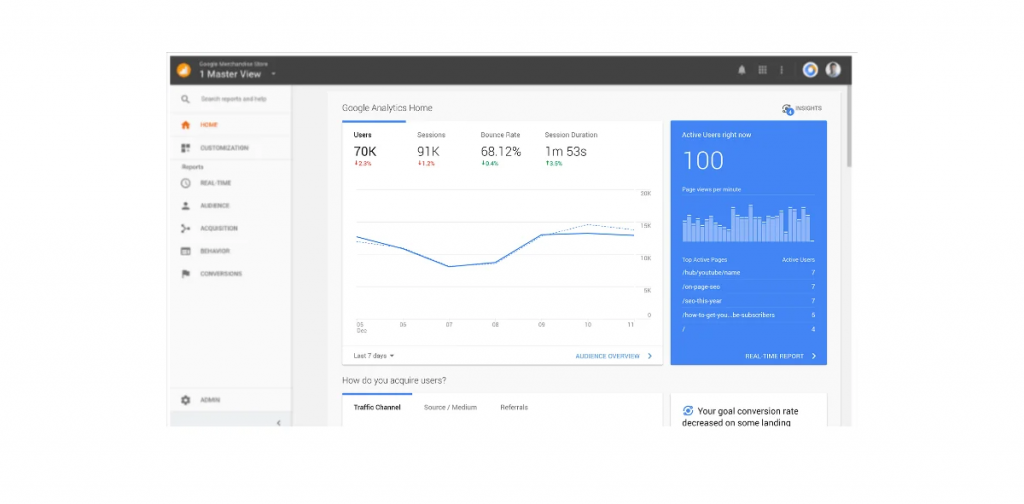
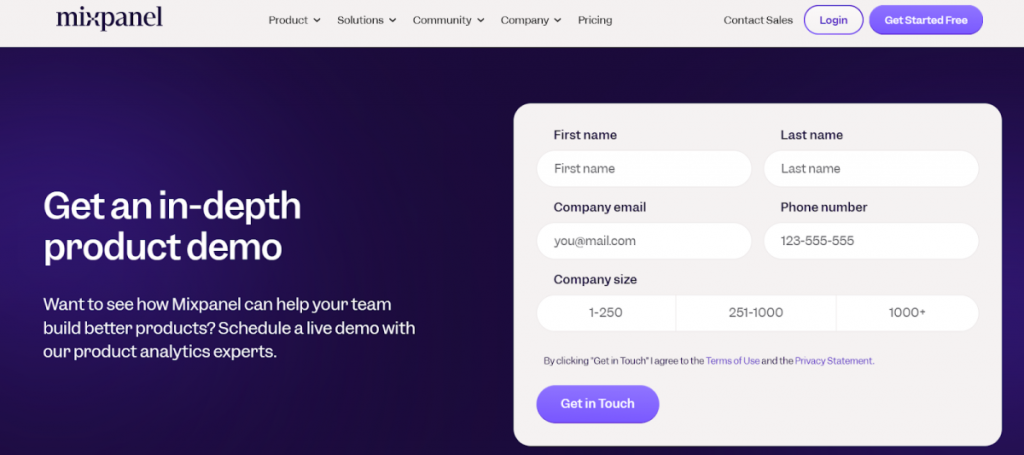
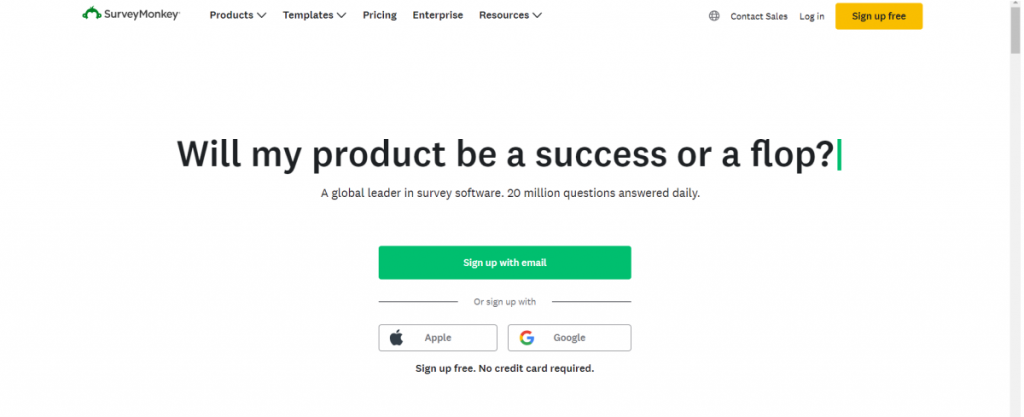
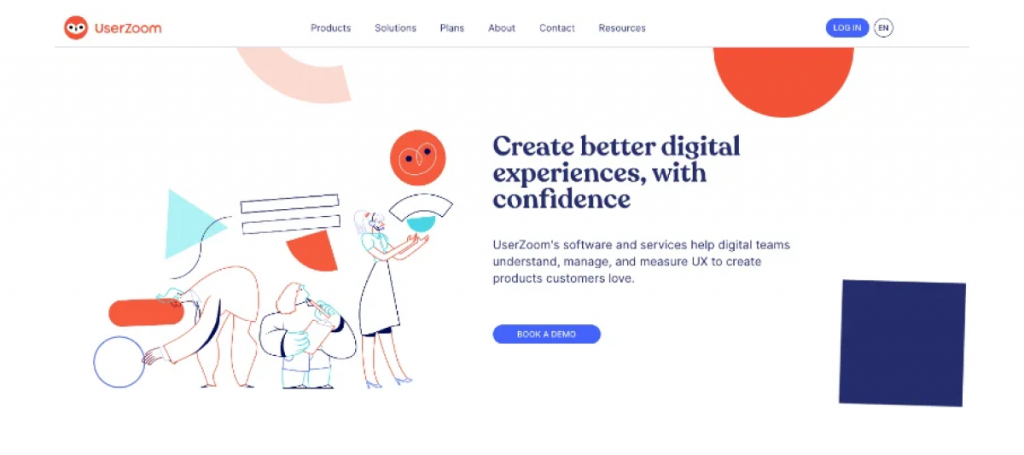
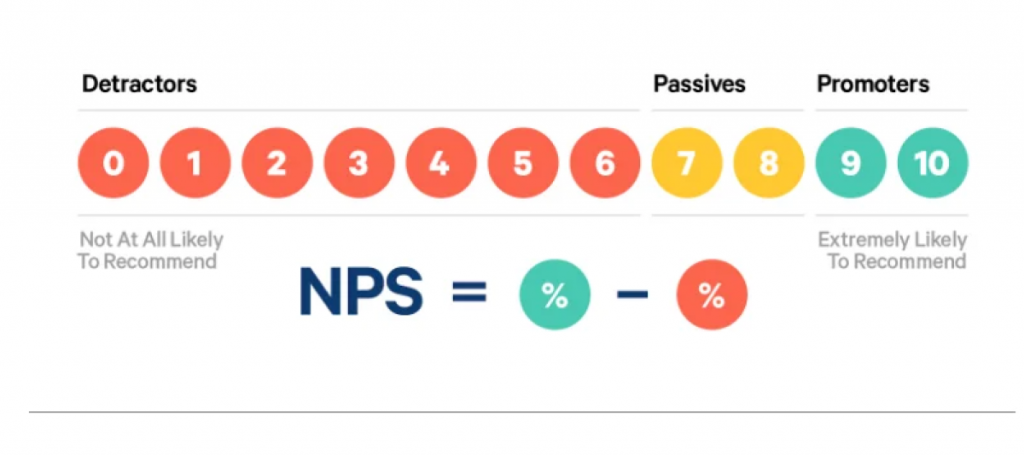

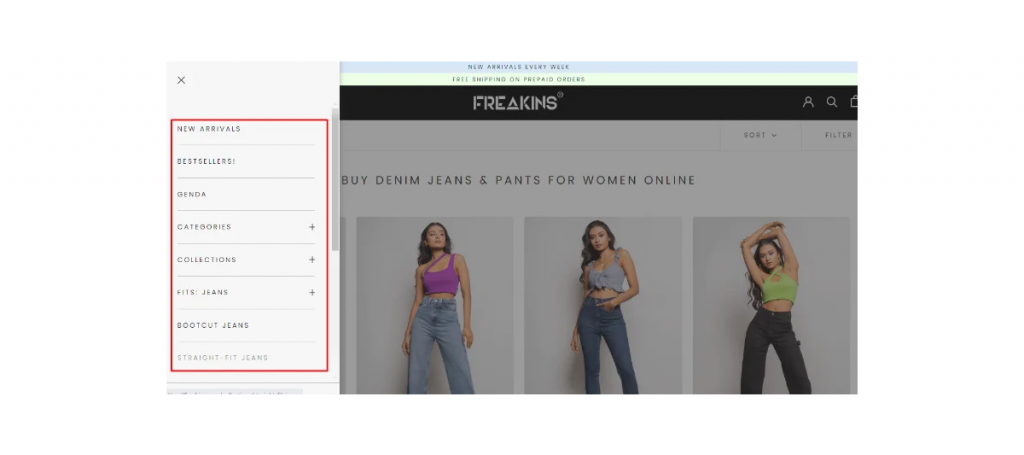
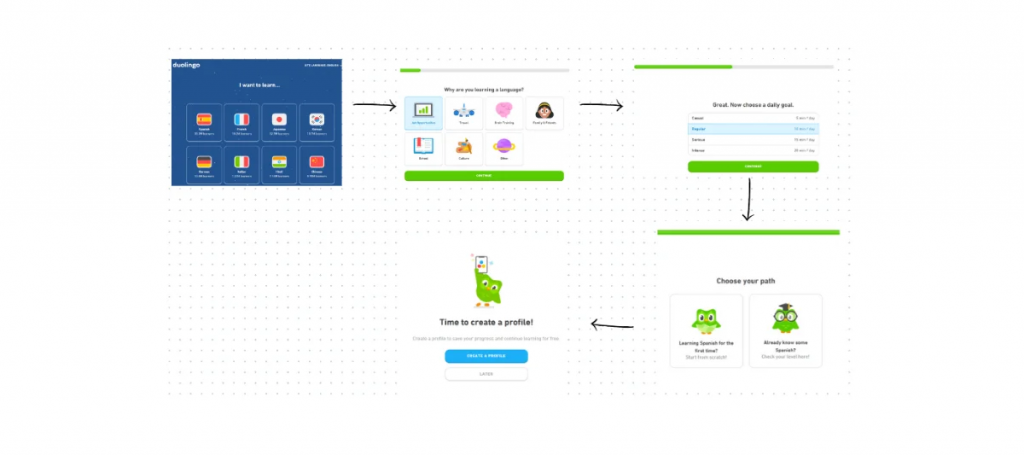
 We'd love your feedback!
We'd love your feedback! Thanks for your feedback!
Thanks for your feedback!


